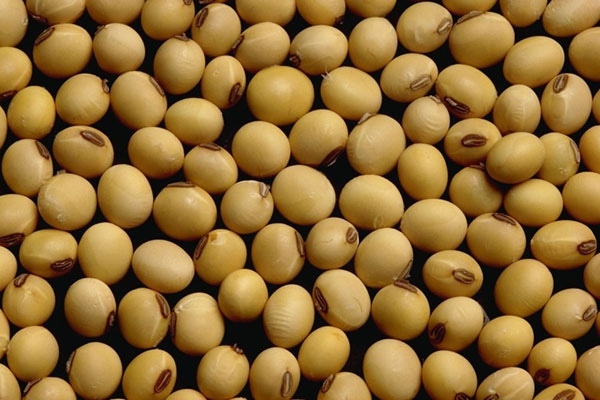September 26, 2013

Purdue Extension soybean specialists are offering three steps to estimate soybean yield. Soybean yield components include pods, seed size and the number of seeds inside the pods.
Like what you're reading? Subscribe to CSD Extra and get the latest news right to your inbox!
"Individual plant production varies, and every field will vary based on pests, soils, fertility and other factors," says Shaun Casteel. "But I've simplified the process of estimating soybean yields so that producers can scout multiple areas quickly while maintaining representative estimates."
Casteel’s estimation calculation involves three steps.
Count the pods at stage R5 or higher in a 21-inch length of row. Number of rows depends on spacing: use one 21-inch length row for 30-inch spacing, two rows for 15-inch spacing and 4 rows for 7.5-inch spacing.
Determine amount of seeds per pod. Casteel says using 2.5 is a good average because there are generally 1 to 4 seeds in a pod.
Calculate the seed size factor. Casteel says the starting point is 18, which equals about 3,000 seeds per pound. If there was late-season stress, a higher number would be used, like 21 (3,500 seeds per pound).
To calculate the yield, multiply the pod count times the seeds per pod, then divide by the seed size factor.
Read more about estimating soybean yield from Shaun Casteel at Purdue.
You might also like:
Yields continue to exceed expectation
You May Also Like




